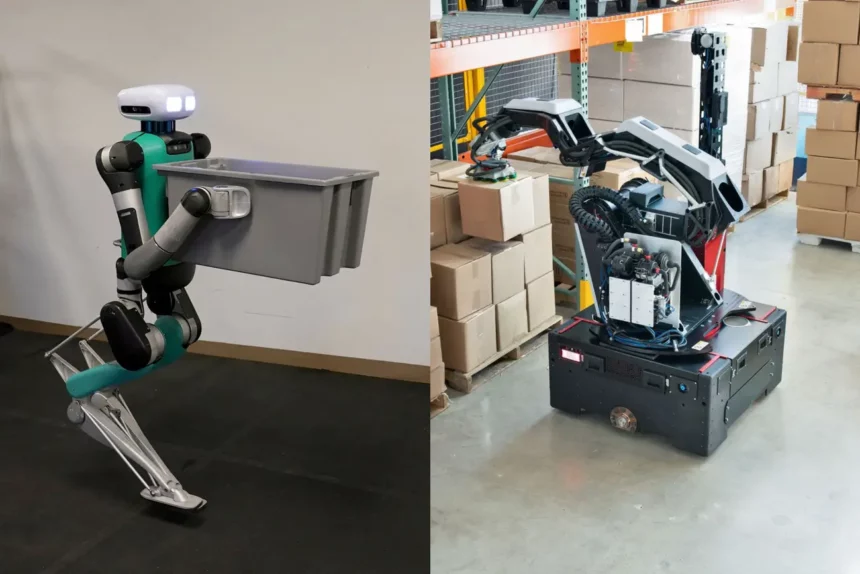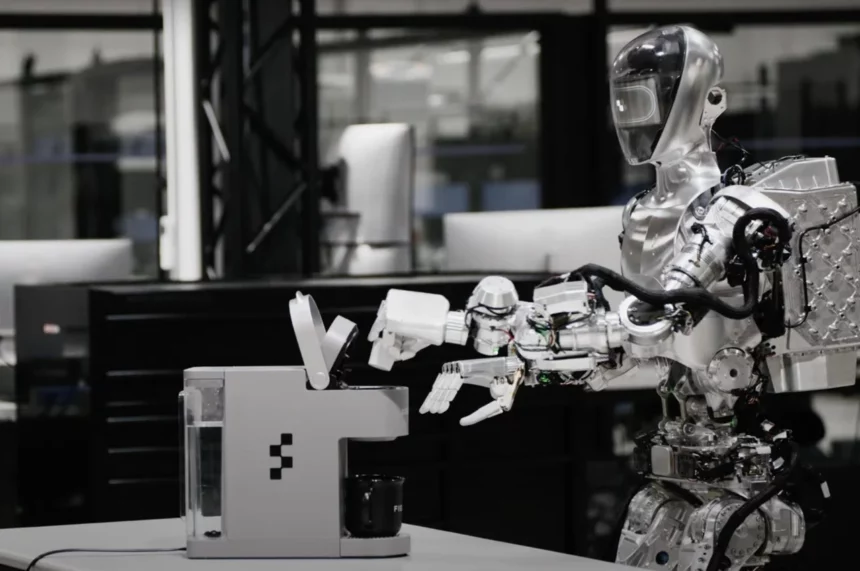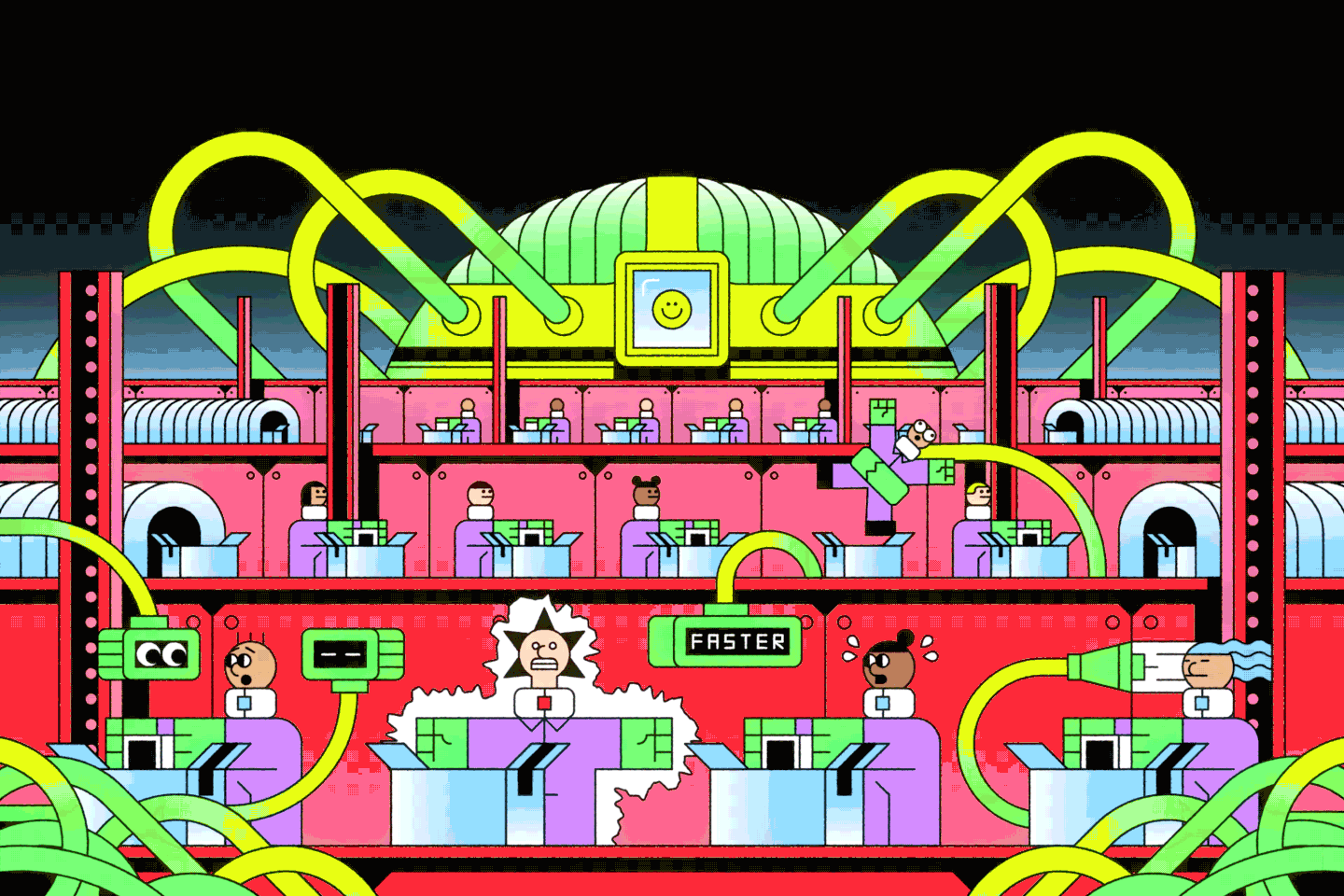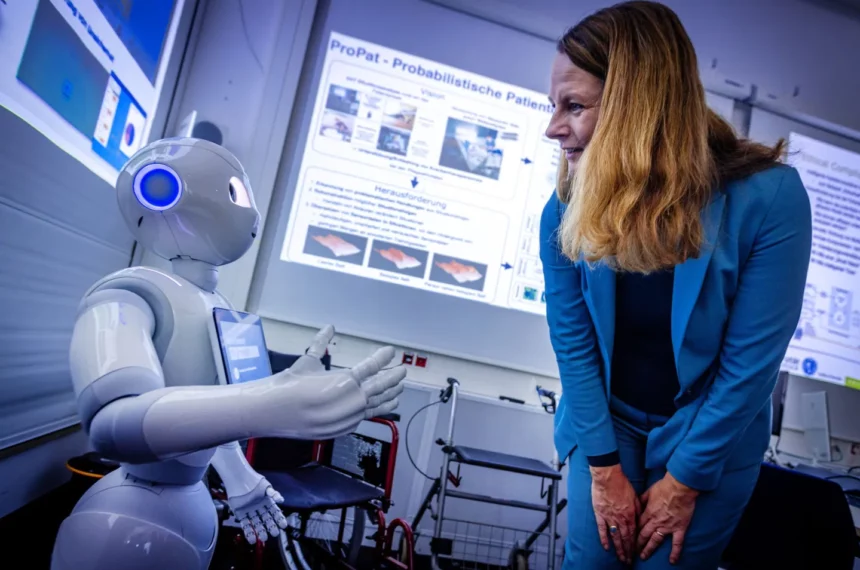Artificial intelligence’s cost-effective integration into the majority of jobs is currently not feasible, according to a study conducted by the Massachusetts Institute of Technology (MIT). The study aimed to address concerns about AI replacing human roles in various industries. In an in-depth exploration of the potential for AI to displace labour, researchers assessed the cost attractiveness of automating tasks in the United States, with a focus on jobs utilizing computer vision, such as teachers and property appraisers. The findings indicated that only 23% of workers, measured in terms of dollar wages, could be effectively replaced. In some instances, the cost of implementing and operating AI-assisted visual recognition made human labour more economical.

The widespread adoption of AI across industries accelerated following the demonstration of the technology’s potential by OpenAI’s ChatGPT and other generative tools. Major tech firms, including Microsoft Corp., Alphabet Inc., Baidu Inc., and Alibaba Group Holding Ltd., introduced new AI services and intensified development plans. However, concerns about the impact of AI on employment have been a persistent worry.
The researchers from MIT’s Computer Science and Artificial Intelligence Laboratory addressed this anxiety in their 45-page paper titled “Beyond AI Exposure,” stating, “‘Machines will steal our jobs’ is a sentiment frequently expressed during times of rapid technological change. Such anxiety has re-emerged with the creation of large language models.” They found that only 23% of worker compensation ‘exposed’ to AI computer vision would be cost-effective for firms to automate due to the substantial upfront costs of AI systems.

Computer vision, a field of AI enabling machines to derive meaningful information from digital images, shows a favourable cost-benefit ratio in segments like retail, transportation, and warehousing, as well as in healthcare. The study, funded by the MIT-IBM Watson AI Lab, used online surveys to collect data on about 1,000 visually assisted tasks across 800 occupations. Currently, only 3% of such tasks can be cost-effectively automated, but this could potentially rise to 40% by 2030 if data costs decrease and accuracy improves.
The sophisticated capabilities of ChatGPT and similar technologies have reignited concerns about AI replacing jobs, as these new chatbots demonstrate proficiency in tasks previously exclusive to humans. The International Monetary Fund recently stated that nearly 40% of jobs globally would be impacted, emphasizing the need for policymakers to carefully balance AI’s potential with its negative consequences.

Discussions at the World Economic Forum at Davos also highlighted concerns about AI displacing the workforce. Mustafa Suleyman, co-founder of Inflection AI and Google’s DeepMind, noted that AI systems are “fundamentally labor-replacing tools.”
A case study in the paper examined a hypothetical bakery where bakers visually inspect ingredients for quality control, constituting only 6% of their duties. The researchers concluded that the time and wage savings from implementing cameras and an AI system were still far from justifying the cost of such a technological upgrade. Neil Thompson, director of the FutureTech Research Project at the MIT Computer Science and Artificial Intelligence Lab, emphasized that the study predicts more automation in retail and healthcare and less in areas like construction, mining, or real estate.








